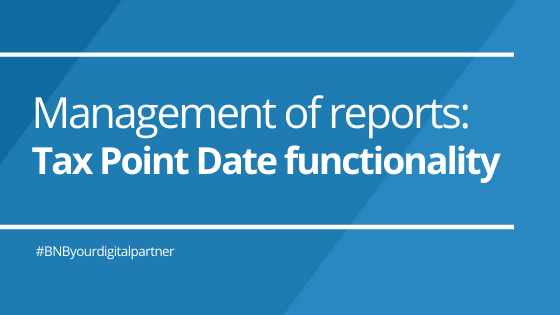Elongated payment terms are normally considered a must when dealing with international companies or players which are bigger than the companies that will supply them with the necessary goods or services; these payments could take up to ninety days in some cases.
For entrepreneurs, chances are that they will be presenting their output tax governmental files far before the actual movement of cashflow; in fact, when they are actually paid the money.
This fact could create a cash imbalance for the aforementioned entrepreneurs, causing an impossibility to afford the tax payment, as the actual cash inflow can be scheduled far away in time.
Regulation
The Spanish government would pass the 14/2013 law on the 27th September 2013 to promote entrepreneurship. Many changes were introduced by this law, and many of them had a direct effect on entrepreneurs.
The government could not prevent big companies from elongating the payment terms, but they mitigated the negative effects on the cash inflows and outflows of entrepreneurs shifting the tax declaration obligation from invoice/delivery date (i.e., when the service is actually delivered) to the payment date.
Workday – Tax Declaration Report Date
According to Workday, the “Tax Declaration Report Date” gives the user the possibility to determine which transactions to include when running the tax declaration.
After some extra configuration, users will be able to define the date upon which tax should be recognized, and therefore reported to the correspondent tax authority.
The most common option, recognizing tax upon Invoice/Adjustment Date, which is normally the same as the delivery date, is default. However, many times, simply the configuration goes unnoticed.
Please find the most common defaults below.

Tax Point Date Type “Invoice/Adjustment Date” will auto-populate after selecting the Tax Applicability.
Into practice: “Régimen Especial Criterio de Caja”.
As aforementioned, Invoice/Adjustment Date as Tax Point Date Type is not the only possibility. “Payment Date” is also there, which will permit the supplier to recognize tax upon payment.
Accounting wise, there are some implications as the Input tax will not be recognized in the journal for the invoice, even though the posting will occur upon payment.





